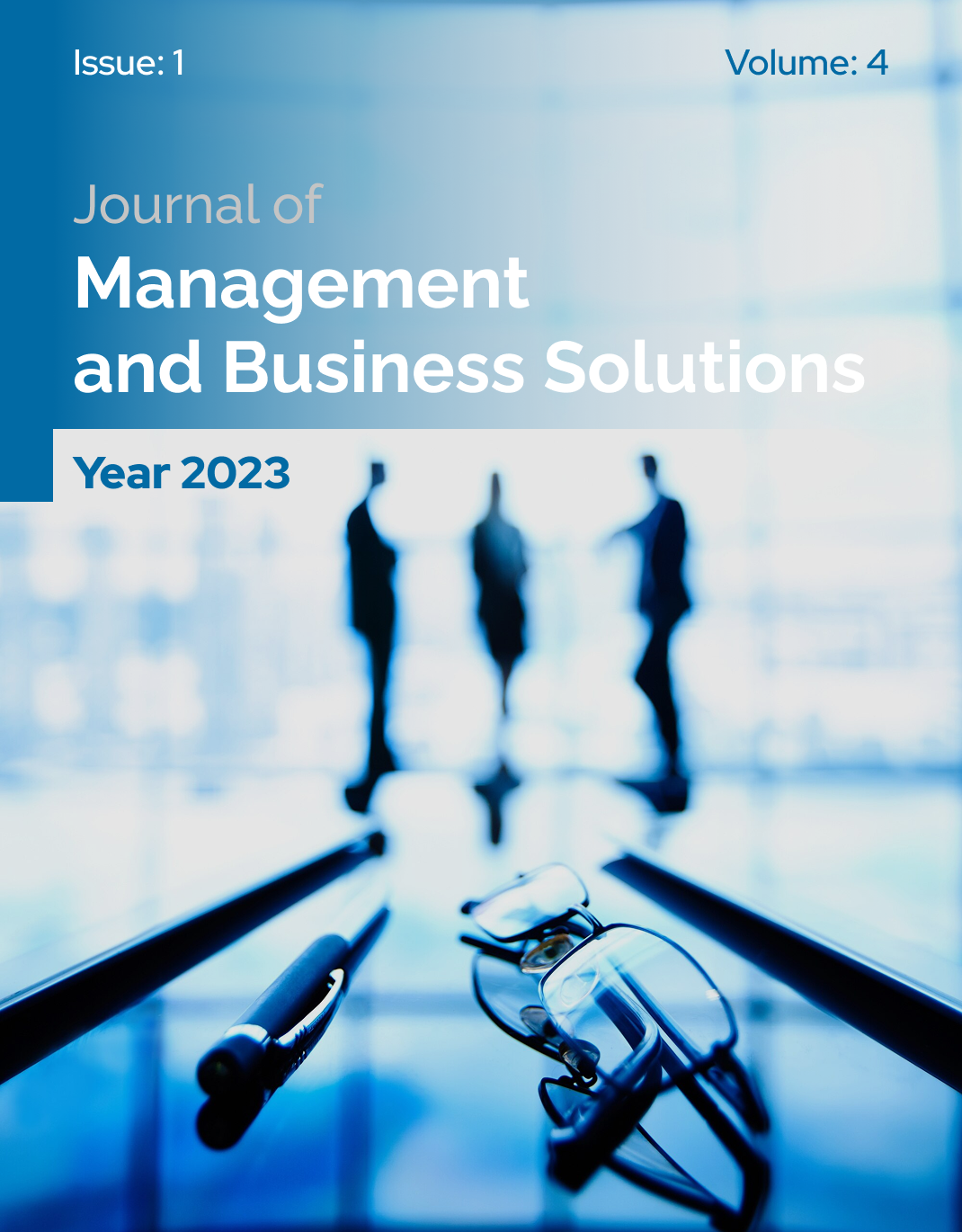Understanding the Influence of Leadership Styles on Employee Innovation and Creativity in Knowledge-Based Industries
Keywords:
Leadership styles, employee creativity, knowledge-based industries, transformational leadership, innovation climate, qualitative research, TehranAbstract
This study aims to explore how different leadership styles influence employee innovation and creativity within knowledge-based industries (KBIs), focusing on the perceptions and experiences of employees in Tehran-based organizations. A qualitative research design was employed, using a phenomenological approach to capture the lived experiences of knowledge workers. Data were collected through semi-structured interviews with 24 participants from various KBIs in Tehran, selected through purposive sampling. Interviews were conducted until theoretical saturation was reached. Each session lasted between 45 and 70 minutes. All interviews were transcribed verbatim and analyzed thematically using NVivo 12 software. The analysis involved open coding, grouping into subthemes, and development of major themes to identify patterns in how leadership behavior influences innovation and creative engagement. Three overarching themes were identified: (1) Leadership Approaches and Perceived Impact, (2) Fostering Employee Innovation and Creativity, and (3) Barriers to Creativity in Leadership Context. Transformational and adaptive leadership styles were reported as strong enablers of creativity, associated with psychological safety, autonomy, and motivation. Conversely, authoritarian, laissez-faire, and fear-based leadership styles were linked with reduced innovation due to rigidity, ambiguity, and punitive responses to failure. Key mediators such as recognition, communication, resource allocation, and risk tolerance significantly shaped the influence of leadership on innovation. Barriers included micromanagement, bureaucratic hurdles, and inconsistent feedback. Leadership styles play a critical role in enabling or inhibiting innovation in knowledge-based environments. Organizations should foster adaptive and transformational leadership capacities while minimizing rigid or passive managerial behaviors. Cultivating a supportive, communicative, and resource-rich climate is essential to unlocking employee creativity and sustaining innovation in knowledge-driven sectors.
Downloads
References
Amabile, T. M., & Pratt, M. G. (2016). The dynamic componential model of creativity and innovation in organizations: Making progress, making meaning. Research in Organizational Behavior, 36, 157–183. https://doi.org/10.1016/j.riob.2016.10.001
Anderson, N., Potocnik, K., & Zhou, J. (2014). Innovation and creativity in organizations: A state-of-the-science review, prospective commentary, and guiding framework. Journal of Management, 40(5), 1297–1333. https://doi.org/10.1177/0149206314527128
Bass, B. M., & Riggio, R. E. (2006). Transformational Leadership (2nd ed.). Mahwah, NJ: Lawrence Erlbaum.
Birasnav, M. (2014). Knowledge management and organizational performance in the service industry: The role of transformational leadership beyond the effects of transactional leadership. Journal of Business Research, 67(8), 1622–1629. https://doi.org/10.1016/j.jbusres.2013.09.006
Bryant, S. E. (2003). The role of transformational and transactional leadership in creating, sharing and exploiting organizational knowledge. Journal of Leadership & Organizational Studies, 9(4), 32–44. https://doi.org/10.1177/107179190300900403
Carmeli, A., Gelbard, R., & Reiter-Palmon, R. (2013). Leadership, creative problem-solving capacity, and creative performance: The importance of knowledge sharing. Human Resource Management, 52(1), 95–121. https://doi.org/10.1002/hrm.21514
Denti, L., & Hemlin, S. (2012). Leadership and innovation in organizations: A systematic review of factors that mediate or moderate the relationship. International Journal of Innovation Management, 16(3), 1240007. https://doi.org/10.1142/S1363919612400075
Edmondson, A. (1999). Psychological safety and learning behavior in work teams. Administrative Science Quarterly, 44(2), 350–383. https://doi.org/10.2307/2666999
Eisenbeiss, S. A., van Knippenberg, D., & Boerner, S. (2008). Transformational leadership and team innovation: Integrating team climate principles. Journal of Applied Psychology, 93(6), 1438–1446. https://doi.org/10.1037/a0012716
Gumusluoglu, L., & Ilsev, A. (2009). Transformational leadership, creativity, and organizational innovation. Journal of Business Research, 62(4), 461–473. https://doi.org/10.1016/j.jbusres.2007.07.032
Huggins, R., & Thompson, P. (2015). Entrepreneurship, innovation and regional growth: A network theory. Small Business Economics, 45(1), 103–128. https://doi.org/10.1007/s11187-015-9643-3
Mumford, M. D., & Licuanan, B. (2004). Leading for innovation: Conclusions, issues, and directions. The Leadership Quarterly, 15(1), 163–171. https://doi.org/10.1016/j.leaqua.2003.12.010
Northouse, P. G. (2021). Leadership: Theory and Practice (9th ed.). Sage Publications.
Powell, W. W., & Snellman, K. (2004). The knowledge economy. Annual Review of Sociology, 30, 199–220. https://doi.org/10.1146/annurev.soc.29.010202.100037
Ramezani, M., & Dehkordi, A. M. (2019). Development of knowledge-based economy in Iran: Challenges and strategies. Iranian Journal of Economic Studies, 8(2), 1–22. https://doi.org/10.22067/ijes.v8i2.76188
Rosing, K., Frese, M., & Bausch, A. (2011). Explaining the heterogeneity of the leadership–innovation relationship: Ambidextrous leadership. The Leadership Quarterly, 22(5), 956–974. https://doi.org/10.1016/j.leaqua.2011.07.014
Shin, S. J., & Zhou, J. (2003). Transformational leadership, conservation, and creativity: Evidence from Korea. Academy of Management Journal, 46(6), 703–714. https://doi.org/10.5465/30040662
Wang, C. M., Tsai, H. T., & Tsai, M. T. (2014). Linking transformational leadership and employee creativity in the hospitality industry: The influences of creative role identity, creative self-efficacy, and job complexity. Tourism Management, 40, 79–89. https://doi.org/10.1016/j.tourman.2013.05.008
Zhang, X., & Bartol, K. M. (2010). Linking empowering leadership and employee creativity: The influence of psychological empowerment, intrinsic motivation, and creative process engagement. Academy of Management Journal, 53(1), 107–128. https://doi.org/10.5465/amj.2010.48037118
Downloads
Published
Submitted
Revised
Accepted
Issue
Section
License

This work is licensed under a Creative Commons Attribution-NonCommercial 4.0 International License.




